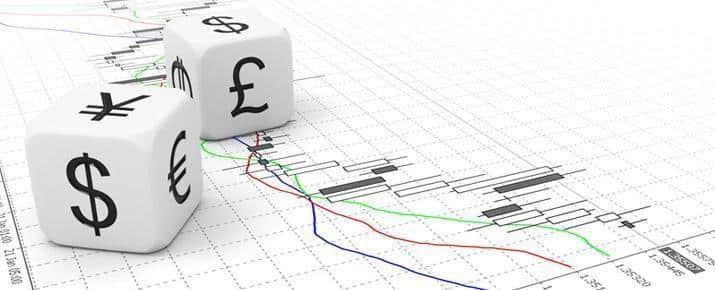What is a swap and what types of swaps are there?
The word says it all: with a swap, you exchange something. Swaps are derivatives that allow you to exchange cash flows. For example, you can exchange a variable interest rate for a fixed, but higher interest rate. In this article, we will discuss in more detail what swaps are.
What is a swap?
A swap is a derivative that allows you to exchange a cash flow. This may sound complicated, but almost everyone has had to deal with a swap at some point.
For example, when you take out a mortgage from a bank, there is a swap involved. You decide for which period you want to fix the interest rate. If you choose, for example, 10 years, you exchange the guarantee of a fixed interest rate for the variable rate that would otherwise apply.

Why do companies use swaps?
Swaps are popular because they make it possible to hedge risks. For example, a company may be heavily dependent on a particular raw material in a production process. If the price were to rise too much, the company would be in trouble.
The company can decide to fix the price of the raw material. The company then pays no more than a fixed amount. This protects the company against possible increases in the price of the raw material.
What types of swaps are there?
- Interest rate swap
- Commodity swap
- Currency swap
- Debt-equity swap
- Total return swap
- Credit default swap (CDS)
Interest rate swap
With an interest rate swap, you exchange a variable interest rate for a fixed interest rate. You do this, for example, when you take out a mortgage. Companies also do this when they issue a bond at a fixed interest rate.
You benefit from an interest rate swap when you fix the interest rate, and it subsequently rises. With an interest rate swap, you can protect yourself against fluctuating interest rates.
Commodity swap
I already discussed this swap earlier in the article. With a commodity swap, you can fix a price for buying or selling a particular commodity.
Currency swap
With a currency swap, you can fix a exchange rate for a currency. This way, you can protect yourself against exchange rates that deteriorate.
Debt-equity swap
With this type of swap, a company swaps debt for ownership. A company can sell bonds in exchange for shares, which is a way for the company to reduce its debt burden.
Total return swap
The total return swap is ideal when you want to secure a certain return. With a total return swap, you exchange a variable reward (such as dividend + capital gain) for a fixed fee.
Credit default swap (CDS)
This type of swap is very well-known, as it was the cause of the 2008 credit crisis. With a credit default swap, one party promises to pay the loan + interest to another party if the original party goes bankrupt.
Can you invest in swaps yourself?
It is possible with some brokers to speculate in swaps yourself. For example, with an interest rate swap, you can speculate on increases or decreases in interest rates.
The value of an interest rate swap depends on the development of the market rate. If you buy an interest rate swap with a fixed rate of 2%, the value of the swap will decrease when the rate rises to 4%. However, if the rate falls significantly, the value of the swap will increase.
You can then make a profit by selling the swap after its value has increased. Do you want to invest in swaps yourself? Click here to open an account with a broker!
Collateral and margin call
Sometimes, parties have to deposit additional collateral to meet their obligations. If they are unable to do so, a margin call may occur. In a margin call, the counterparty’s collateral is automatically sold.
